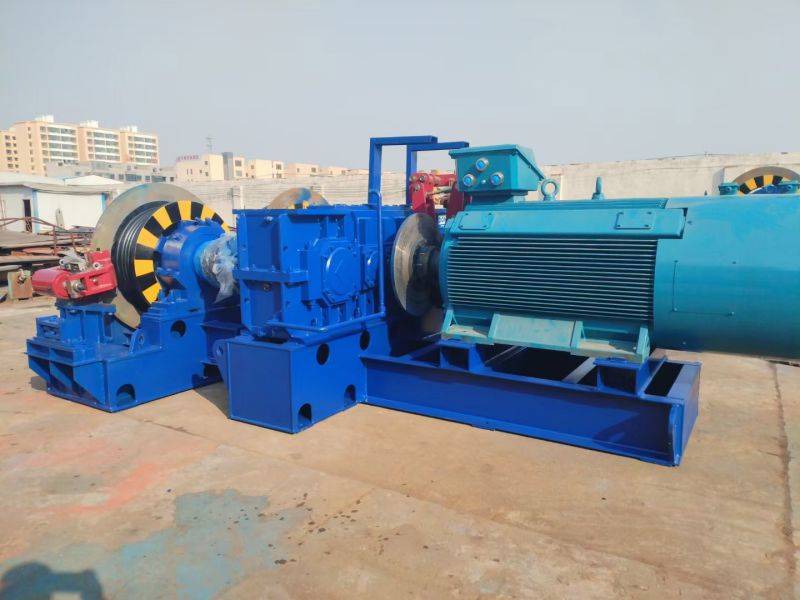

What is a Construction Winch and How Does It Work?
A construction winch is a mechanical device used for lifting, pulling, and positioning heavy loads in construction and industrial applications. It operates by winding a cable or rope around a drum, driven by an electric, hydraulic, or diesel motor. The winch drum rotates, pulling in or letting out the cable, thereby moving the attached load. Winches are essential for tasks such as moving large materials, installing heavy machinery, and even anchoring ships.
How It Works
- Motor Operation: The motor powers the winch, providing the necessary torque to the drum.
- Drum and Cable Mechanism: As the drum rotates, it winds or unwinds the cable, controlling the movement of the load.
- Brake System: Winches are equipped with brakes to hold the load in place when the motor is not running, ensuring safety.
- Control System: Operators use a control system, often an electric control box, to manage the speed and direction of the drum rotation.
For more information on various construction winch models, visit the Construction Winch
Different Models of Construction Winches
A construction winch is a mechanical device used for lifting, pulling, and positioning heavy loads in construction and industrial applications. It operates by winding a cable or rope around a drum, driven by an electric, hydraulic, or diesel motor. The winch drum rotates, pulling in or letting out the cable, thereby moving the attached load. Winches are essential for tasks such as moving large materials, installing heavy machinery, and even anchoring ships.
Features and Advantages of Construction Winch
- Durability: Built to withstand harsh construction environments.
- Versatility: Suitable for various applications, from lifting heavy materials to precise positioning tasks.
- Efficiency: Enhances productivity by handling large loads quickly and safely.
- Safety: Equipped with robust braking systems and control mechanisms to ensure safe operation.
Safety Features
Construction winches are designed with numerous safety features to protect operators and ensure smooth operation:
- Emergency Stop: Allows for immediate shutdown in case of an emergency.
- Load Limiters: Prevents overloading by limiting the maximum load capacity.
- Brake Systems: Ensures the load is held securely when not in motion.
- Remote Control: Provides safe operation from a distance, reducing the risk of accidents.
By understanding the different models and features of construction winches, as well as the key considerations for selecting the right winch, you can ensure efficient and safe operation in your construction projects. For more details and product options, visit the KRC Crane Construction Winch Product Page.
What To Look For When Selecting A Construction Electric Winch
When choosing a construction winch, consider the following factors:
- Location: Determine if the winch will be used on land or at a port.
- Application: Decide if you need it for horizontal pulling or vertical lifting.
- Load Capacity: Know your required load capacity or pulling force.
- Rope Capacity: Ensure the winch has the required rope capacity.
- Speed: Choose between slow speed, high speed, single speed, or two speed.
- Rope Guide: Determine if you need a rope guide for improved spooling.
- Power Source: Decide between electric, hydraulic, or diesel-powered winches.
These considerations will help you identify the right winch equipment for your specific needs. For further assistance, contact our experts online to discuss your construction winch specifications.